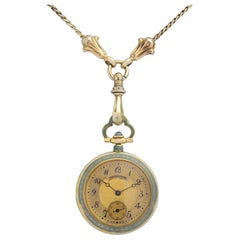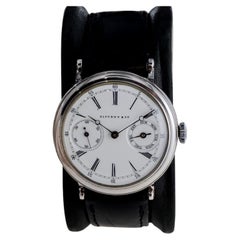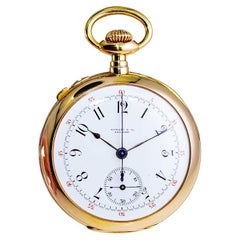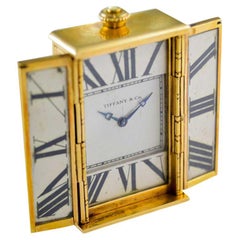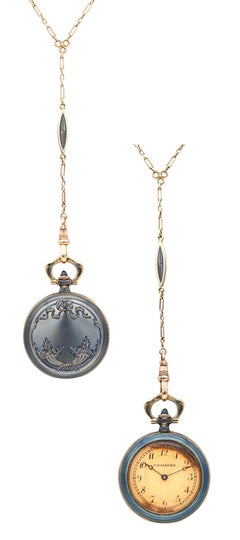Tiffany Enamel Watch
Early 2000s Wrist Watches
Vintage 1980s Pocket Watches
18k Gold, Enamel
Early 20th Century American Art Nouveau Pocket Watches
Gold, 18k Gold, Gold-filled, Yellow Gold, Enamel
20th Century Wrist Watches
Pearl, 18k Gold, Enamel
Vintage 1910s Swiss Art Deco Wrist Watches
Early 20th Century Swiss Pocket Watches
Yellow Gold
Vintage 1920s Swiss Art Deco Wrist Watches
Vintage 1910s Edwardian Pendant Necklaces
Diamond, Gold, 18k Gold, Yellow Gold, Platinum, Enamel
Vintage 1910s American Edwardian Pendant Necklaces
Gold, Yellow Gold, Enamel, 18k Gold
Vintage 1910s Edwardian Pendant Necklaces
Diamond, Gold, 18k Gold, Yellow Gold, Platinum, Enamel
Vintage 1910s French Edwardian Pendant Necklaces
White Diamond, Diamond, Steel, Enamel, Platinum, Yellow Gold, 18k Gold, ...
Vintage 1980s Pocket Watches
18k Gold, Enamel
Antique Early 1900s American Art Nouveau Pocket Watches
Diamond, Ruby, Gold, Enamel
20th Century American More Clocks
Antique Late 19th Century Swiss Pocket Watches
Diamond, Emerald, 18k Gold
20th Century Pocket Watches
Diamond, 18k Gold
20th Century Swiss Pocket Watches
Swiss Pocket Watches
White Gold, 14k Gold
20th Century North American Pocket Watches
Diamond, Platinum, Enamel
Early 20th Century Swiss Art Deco Wrist Watches
Vintage 1910s Pendant Necklaces
Diamond, Enamel
Early 20th Century French Pendant Necklaces
Diamond, Enamel
Antique 1870s American Victorian More Clocks
Gold
Vintage 1940s Retro Brooches
Diamond, Ruby, 18k Gold, Yellow Gold, Enamel
Antique Early 1900s American Arts and Crafts Pendant Necklaces
Blue Sapphire, 18k Gold
Antique Early 1900s American Late Victorian Pocket Watches
Diamond, Gold
Vintage 1910s Swiss Pocket Watches
Diamond, Gold, Enamel
Antique 19th Century Pocket Watches
Diamond, 18k Gold, Enamel, Yellow Gold
Antique Early 1900s American Victorian Pocket Watches
White Diamond, 18k Gold, Yellow Gold
20th Century Swiss Pocket Watches
Early 20th Century Swiss Pocket Watches
Early 20th Century Swiss Art Deco Pocket Watches
Vintage 1920s Swiss Art Deco Pocket Watches
Vintage 1920s Swiss Art Deco Wrist Watches
Early 20th Century American Edwardian Pocket Watches
Diamond, 18k Gold
Vintage 1940s Wrist Watches
Silver, Enamel
Antique Late 19th Century American Victorian Pocket Watches
18k Gold, Yellow Gold
Antique Early 19th Century Swiss Georgian Pocket Watches
Diamond, Platinum
Early 20th Century American Edwardian Pocket Watches
Diamond, Platinum, Yellow Gold
Vintage 1940s Collectible Jewelry
Enamel
Antique Early 1900s Swiss Art Nouveau Pocket Watches
Diamond, 18k Gold


